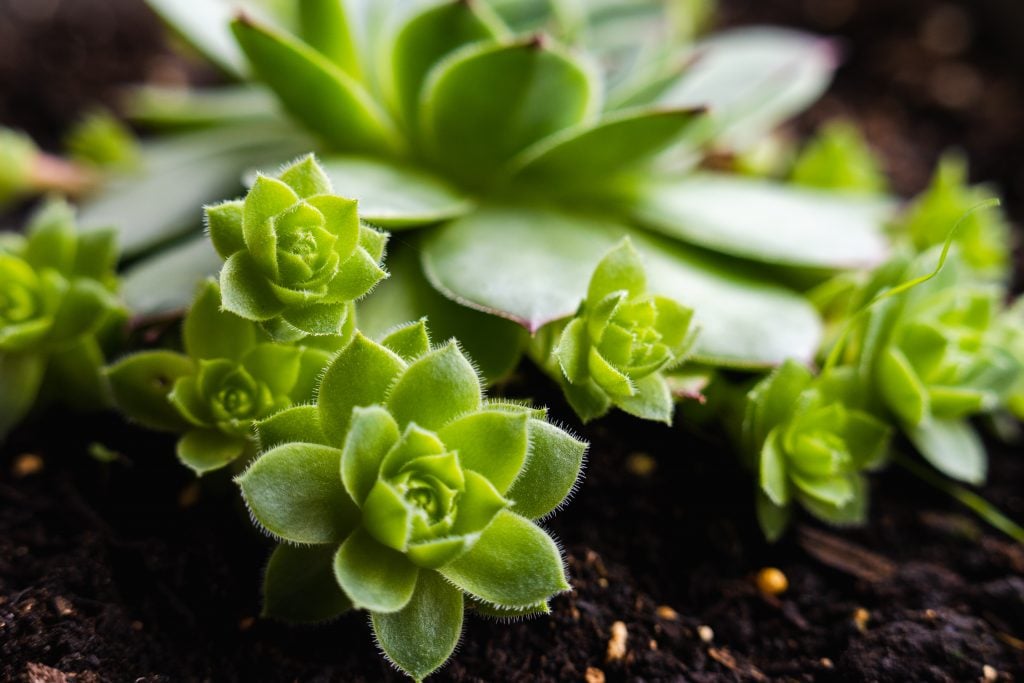Table of Contents
Do you have a knack for gardening but struggle to manage time for it? Well, there is a proper alternative to it. Sempervivum or houseleeks are the perfect plants to grow when you find it hard to manage bigger plants. They are perfect for beginners, making your house or balcony look incredibly green and vibrant. Their unique rosette shape gains a lot of attention; thus, it is a popular choice to grow houseleeks by many experienced gardeners.
If you are looking for something to grow which is easy, requires less attention, and still looks pretty in your space. Well, then Sempervivum or Houseleeks should be your first call. Of course, it would be best if you opted for Houseleeks for several reasons, but the main reason is that they are stylish, not demanding, and still complement your living space.
Moreover, houseleeks also have better quality as they have evergreen succulents. These plants will stay healthy in most conditions.
If you are new to gardening, you have reached the right spot, as we have a simple guide to growing Sempervivum or Houseleeks.
About Sempervivum or Houseleeks
It is exciting that ‘Sempervivum’ means ‘Always Alive’ in Latin, which is clearly related to its characteristics. Houseleeks are basically low-growing succulent plants. They resemble roses and are therefore called rosette-shaped plants. However, they are in colours such as green, red and yellow and produce flowers in pink or pale yellow. It is a hardy plant. Therefore, it can survive extreme weather conditions in the UK. Houseleeks are easy to grow and have different species, varieties, and cultivars.
They mainly originate from the mountainous regions of Europe and Asia, and the most common type is the roof Houseleeks. It has a vegetative reproduction when the ‘hen,’ the main rosette, produces tiny offspring called ‘chicks’. Thus the common name for the same is Hens and Chicks. Well, in this guide to Grow Sempervivum Or Houseleeks, you will learn everything in detail.
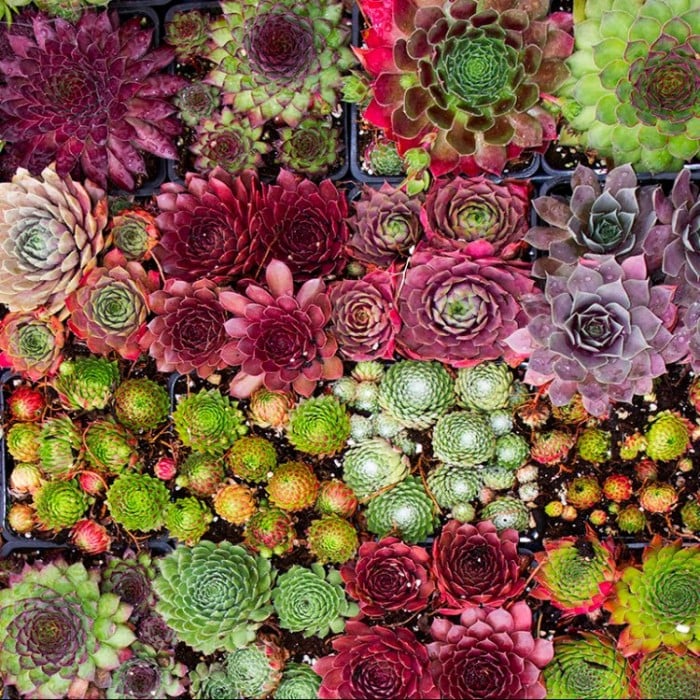
Types of Sempervivum or Houseleeks
There are more than 40 species of Sempervivum or Houseleeks and various other cultivars and hybrids produced by cross-breeding. In our guide to growing Sempervivum or Houseleeks, we will discuss some common varieties to understand the plants better.
1. Sempervivum Arachnoideum
Popularly known as cobweb houseleek, sempervivum arachnoideum is a notable species with distinct web-like hairs covering the leaves. These hairs are a basic necessity as they help protect the plants from the intense sunlight and dry conditions in mountainous regions. This variety of houseleeks has tiny and packed rosettes of green or reddish leaves, which grows up to 2 inches in diameter. While in summer, this variety produces small pink or white flowers in the summer.
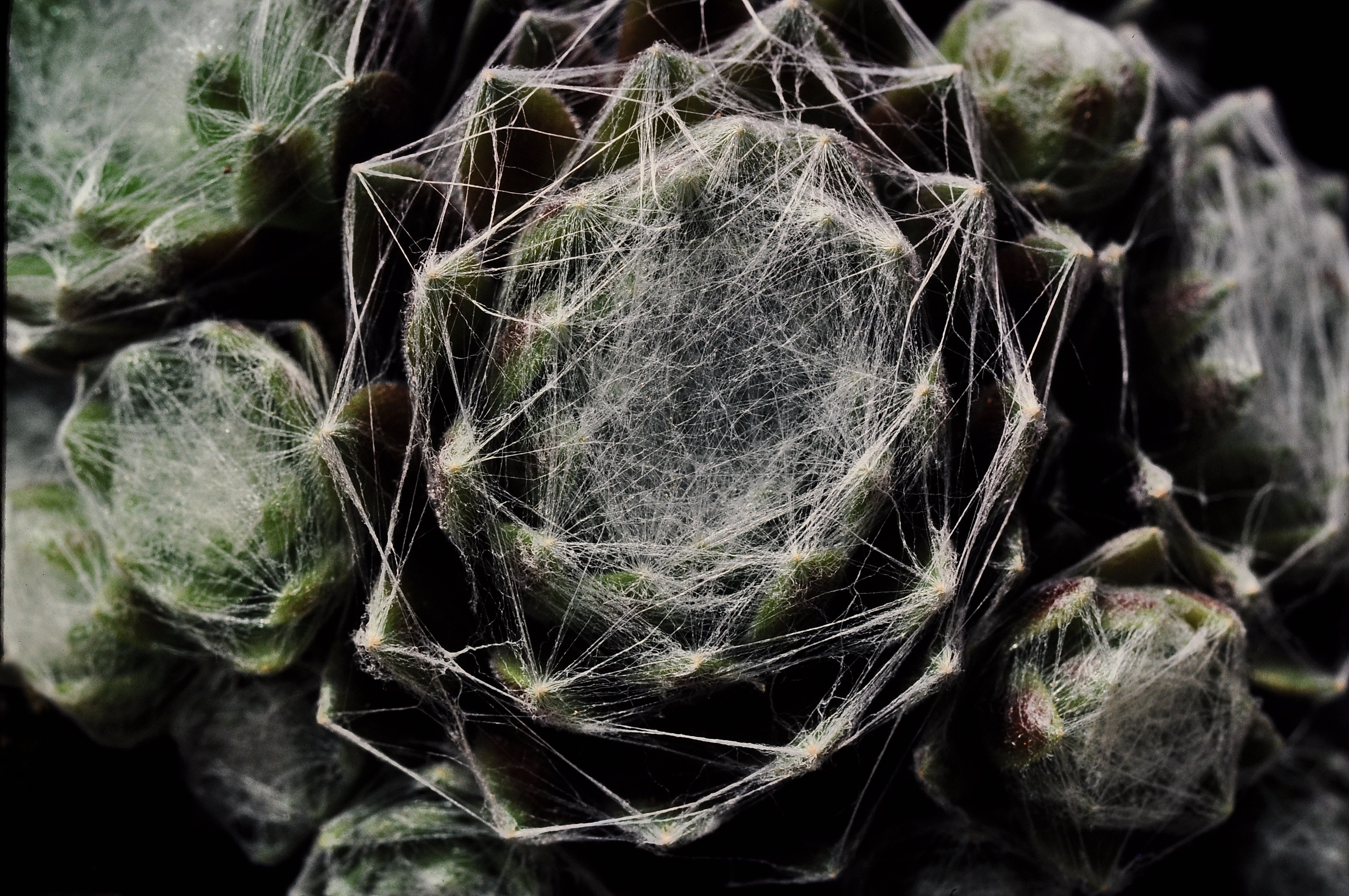
2. Sempervivum Tectorum
This is mostly known as common houseleek. Furthermore, it is the most widely grown sempervivum species. This hardy plant comes in different colours and textures. Tectorum has large rosettes compared to other varieties with green, grey or reddish leaves that can grow up to 4 inches in diameter. In summer, it produces flowers similar to Arachnoideum.
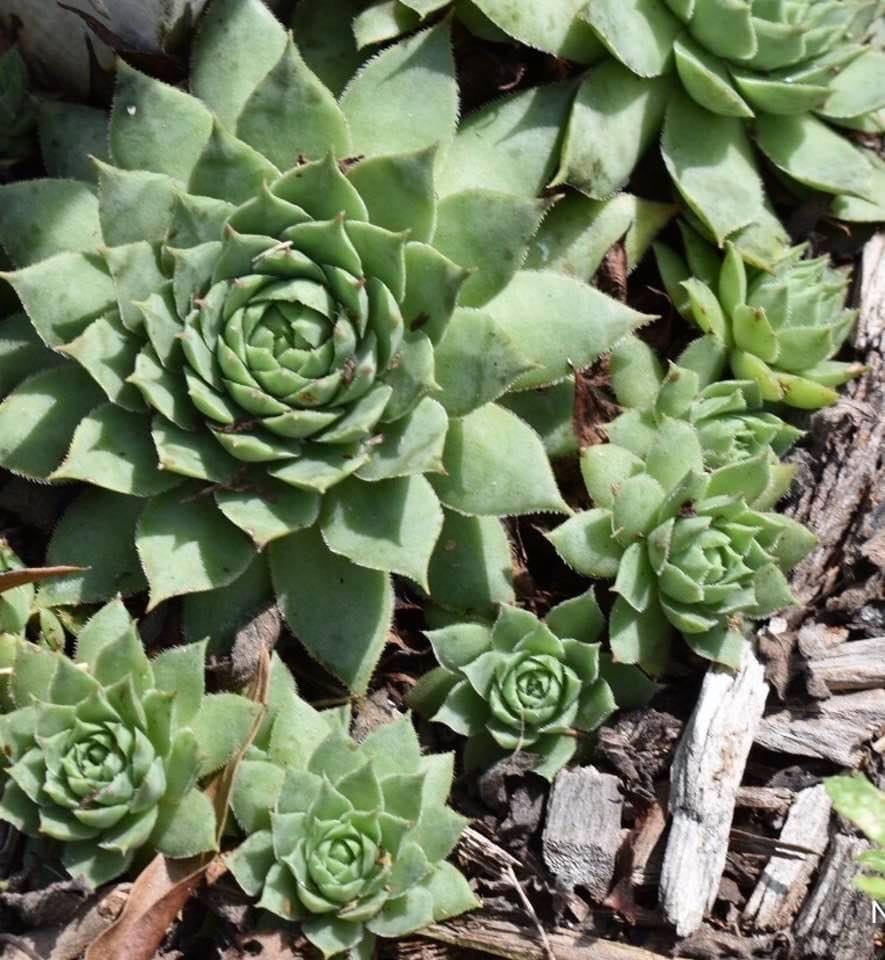
3. Sempervivum Calcareum
This is popularly known as limestone houseleek, and it is a Sempervivum that is native to the mountains of Europe. It is well-known for tight rosettes of green or reddish leaves. It grows about 1 inch in diameter. This variety of houseleeks has small pink or white flowers and is easy to grow. Calcareum is tolerant of extreme weather conditions and not very tactical to grow.
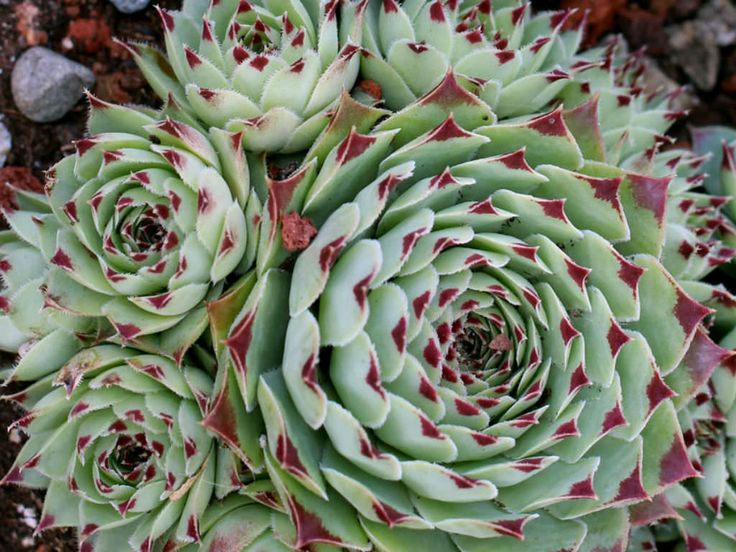
4. Sempervivum ‘Red Rubin’
Sempervivum’ Red Rubin’ is not a parent plant but a hybrid cultivar of the variety. This is well known for its bright red foliage. Furthermore, it has large rosettes of red leaves spanning 5 inches in diameter. This variety of houseleeks produces clusters of pink or white flowers. Red Rubin is easy to manage and can tolerate different growing conditions.
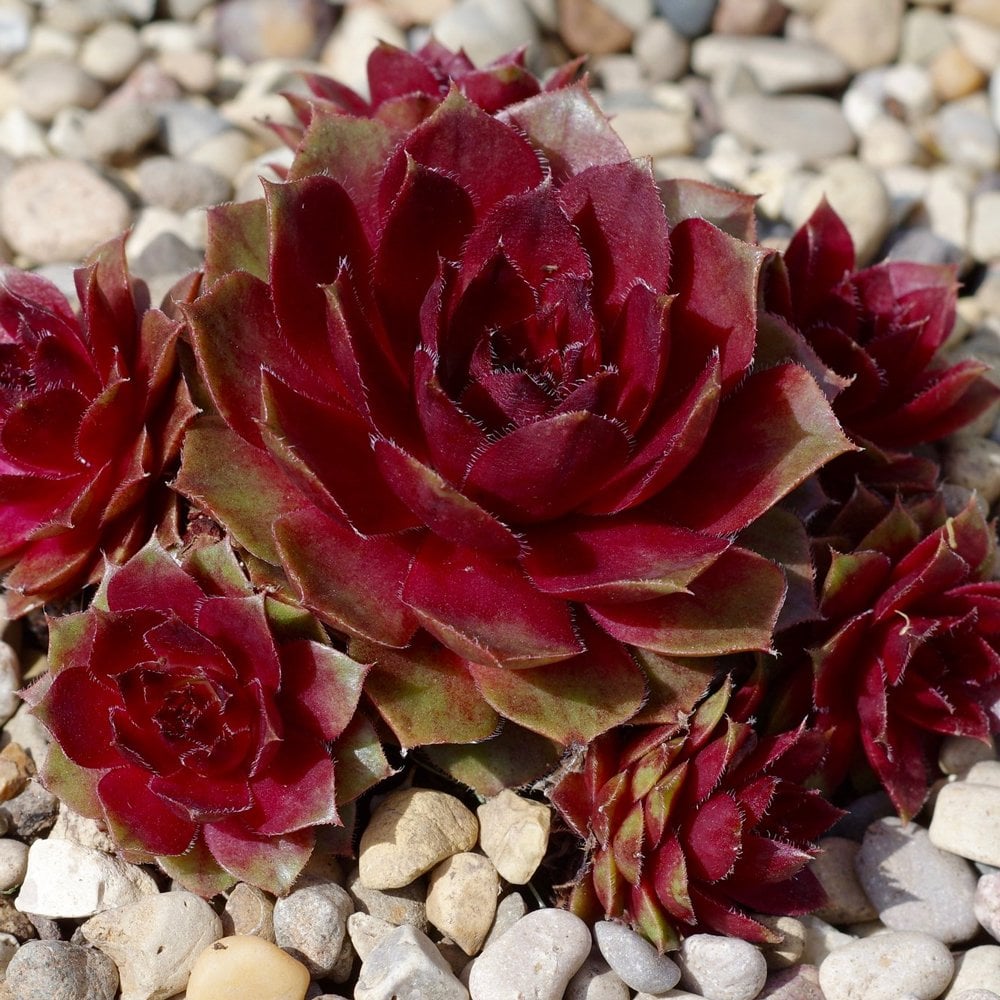
5. Sempervivum’ Oddity’
Sempervivum’ Oddity’ is a hybrid cultivar known for its unusual shape and texture. It has small tight rosettes of green or reddish leaves which are twisted and contorted. Thus it gave the plant a unique appearance. Oddity produces many pink or white flowers, is easy to grow, and can tolerate any weather conditions.
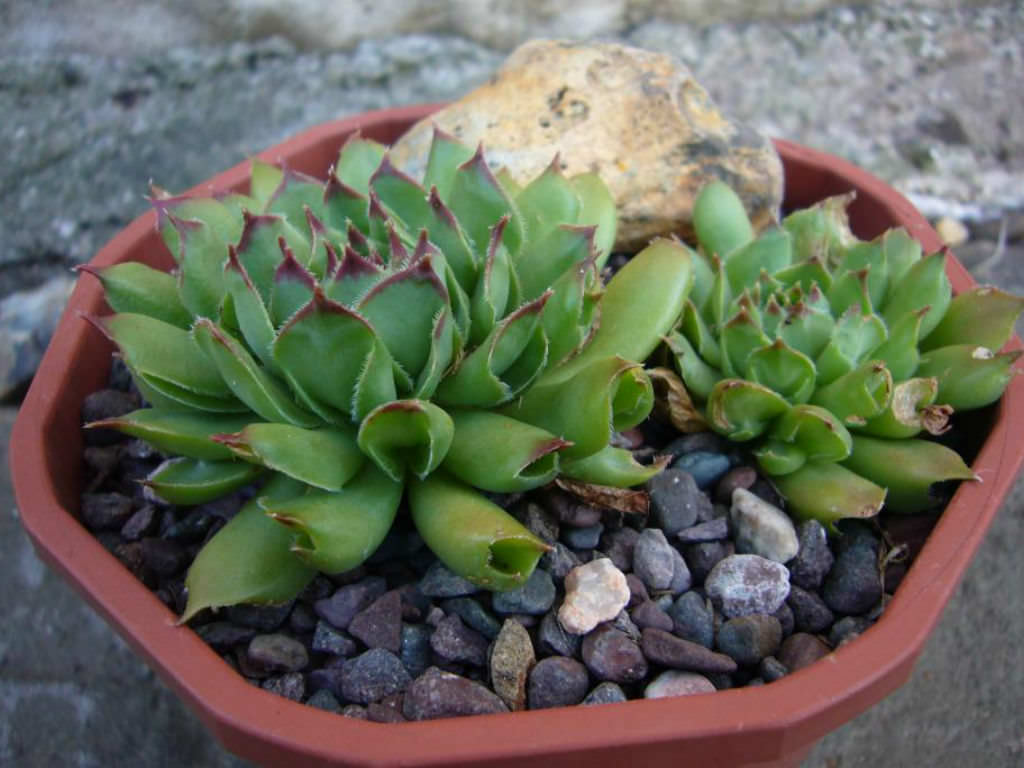
How to Grow Sempervivum or Houseleeks
Sempervivum or Houseleeks is a variety of plants that like excessive sunlight. It is somehow easy to care for houseleeks in the UK because of its ability to adapt to extreme weather conditions. However, before planting, you need to take care of houseleeks in overly wet winters.
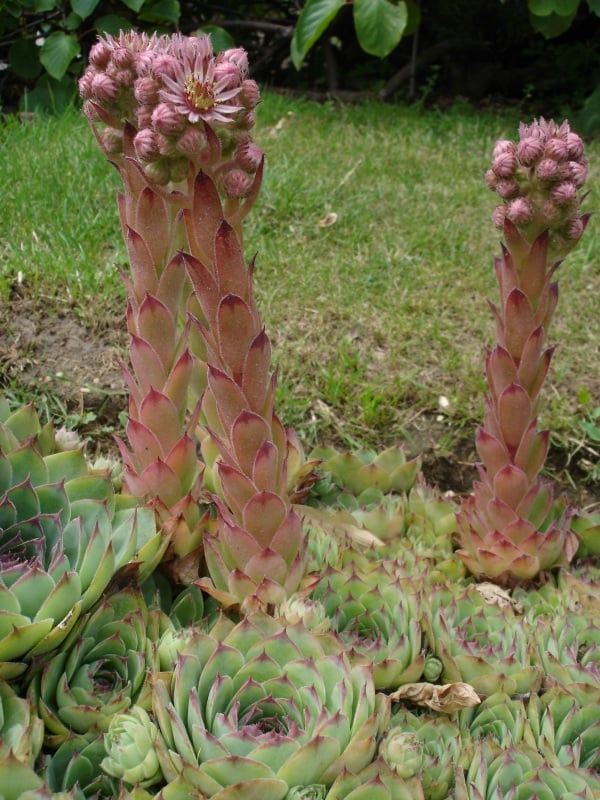
This guide to growing Sempervivum or Houseleeks has some steps to follow-
1. Planning
Sempervivum can grow in almost any type of soil. However, it prefers well-draining soil, which is slightly acidic. If you plan to plant a Sempervivum or Houseleeks, try to plant it in more excellent weather conditions, mainly in spring or fall. Further, make sure to choose a location which receives plenty of sunlight. This is because Houseleeks can survive in some shade, but they won’t grow well as they require plenty of sunlight.
While planning to choose a location, keep in mind to protect it from strong winds as they can damage the delicate leaves of the succulent. To plant the Houseleeks, dig a small hole, place the plant in it, and cover the roots.
2. Seeding
The method of propagation through seeding is a way to grow Houseleeks. First, collect the seeds from the previous plant and place them in the container or pot with well-draining soil. The soil should be wet and placed in a warm container. Once the seedlings grow several leaves, transplant them into individual pots to grow better.
3. Watering
Sempervivum or Houseleeks are succulent plants. It stores water in its leaves. Therefore, it does not need excessive water, so do not overwater the plant, as it can rot the leaves. In the growing season, water it once a week. Further, in winter, watering is reduced to once a month. Houseleeks do not like to have wet soil around, and it does not grow well. In such cases, when the soil is damp or moist, mix in sand or perlite to improve drainage.
How to Report Houseleeks
Houseleeks can be propagated once it starts growing at the beginning of spring. First, take a very young plant from the existing pot when the soil is arid. Further, follow these simple steps-
- Prepare a container with holes at the bottom and fill the appropriate potting mix.
- Gently remove plants from the previous place, remove the rot and dead roots, and place them in the container.
- Place the potting mix over the roots as you plant it.
- Please do not plant it too deeply. Just cover the crown and compress the soil firmly.
- Place small gravel and horticultural grit right up underneath the base of the plant. Also, this will give the plant a glamorous look.
- Do not water the plant for approximately a week to prevent its root from rotting.
Some Common Problems While Growing Houseleeks
Sempervivum is easy to grow, but people often face problems because their plants do not grow as expected. This is because of some common issues. In this guide to increasing Sempervivum or Houseleeks, we will inform you of some basic problems.
1. Sempervivum Leaf Miner
It is a hoverfly larva that mines the leaves of a Sempervivum plant to reach the better part of the plant. Sometimes, you can see limp or discoloured leaves, and once on deep examination, you can find maggots. To get rid of these leaf miners, pick them and dispose of them.
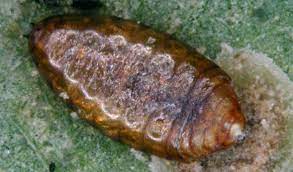
2. Slugs & Snails
There is a cure for everything, but once slugs or snails attack your Houseleeks, your Sempervivum will find no reprieve. Slugs and snails will eat a little bit here and there, but in the long term, causing massive damage to plants once you forget to give attention to them. In such a situation, prevention is better than cure. Make sure to make a border of sharded glass or use poison to remove these unwanted creatures. Further, if it does not work, handpick and remove them manually from your plants.
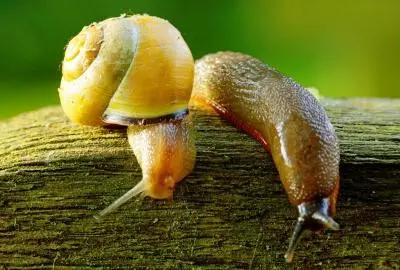
3. Rotting
The roots of the Houseleeks are more prone to rotting if it does not get enough sunlight. Also, in some cases, the plants look peaky in such situations, giving them a gentle tug. This will reveal the strength of the roots or flip the plant to check the root condition of the problem. Also, add compost to maintain the moisture of the soil.
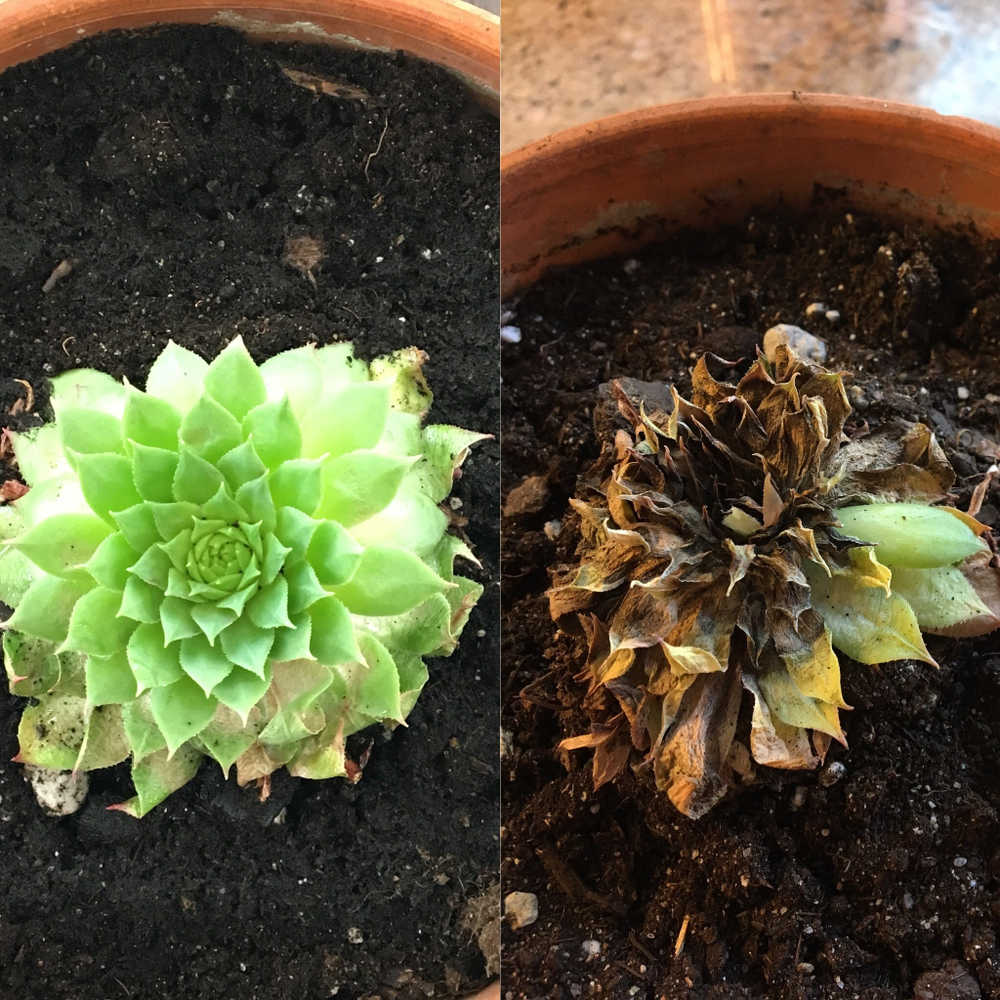
What to Feed Your Sempervivum or Houseleeks
Sempervivum does not need any supplementary feed as they are very adaptive. They are easy to grow, can handle extreme weather conditions, and do well in poor soil. Even if you feel that your plant needs some feeding, the best time to feed the plants is spring at the start of its growing season.
Use a balanced fertiliser and feed once a year. Don’t get impatient, and provide your plant with unlimited food because it would stop the plant’s growth or even rot the roots.
Plant Houseleeks Today!
Well, you must always desire to have a beautiful garden or green plants around you. Who does not like a pot of happiness around themselves? However, if you are a beginner and have no idea where to start your planting journey. This guide to growing Sempervivum or Houseleeks is the right solution for you if you want to become a proud plant parent.
As we discussed that Sempervivum is always alive and requires very little attention to grow. Thus you don’t have to bother about your plant’s health every now and then. But you need to keep a few points as mentioned above in mind to have a healthy growth of your houseleeks. We hope this guide will help you in keeping your sempervivum healthy. Now you are well aware of how easy it is to grow houseleeks at home.
All you need is some equipment and plant a pot of happiness. So when are you going to plant a Sempervivum at home?

